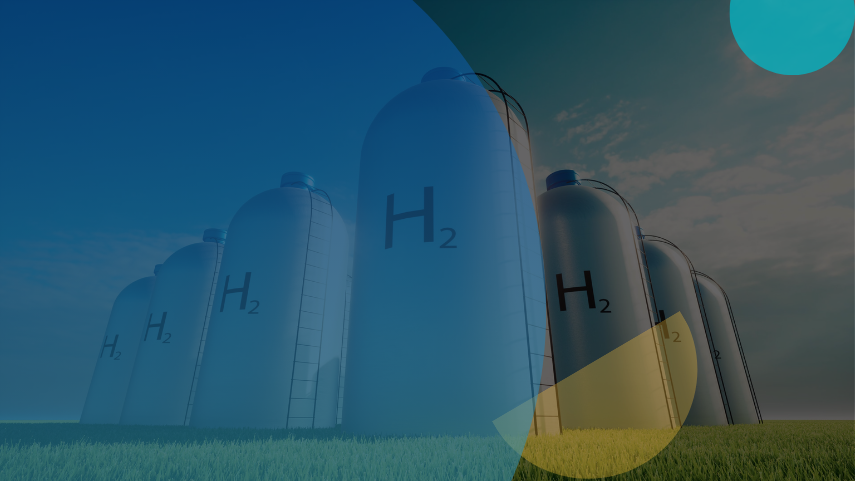
Addressing the Urgent Need for Food Security Solutions in Drought-Affected Regions
The innovation team of a leading agricultural company was tasked with identifying and evaluating nutrient-rich crops that could thrive in drought-prone regions. Food security in these areas had become a growing concern, and traditional crops were struggling to survive, putting both human and animal food supplies at risk.
However, several key factors made the research complex:
- Crop Viability: Although the team was aware of various lesser-known, nutrient-rich crops, they faced challenges in determining which options would be most suitable for specific regions affected by drought. Understanding the crops’ resilience and nutritional profiles was essential for making informed decisions.
- Agricultural Practices: The team needed insights into optimal cultivation practices for these crops, taking into account the unique environmental conditions of drought-prone areas.
- Market Acceptance: Despite identifying promising crops, they had to evaluate their market acceptance and feasibility, ensuring that these alternatives could be successfully integrated into both human and animal food systems.
Evaluating the Drought-Resilient Crops for Sustainable Agriculture
The team gained a comprehensive understanding of potential crops suited for drought-prone regions, with insights into their nutritional value, resilience, patenting trends, government interest, consumer perspectives, and cultivation practices. This thorough analysis enabled them to make informed decisions about which crops offered the best balance of nutrition and drought tolerance.
The study highlighted crops that not only fulfilled nutritional and resilience requirements but also aligned with trends in agricultural innovation and policy support. By integrating patenting trends and government interest, the team received a forward-looking view of growth opportunities, while consumer insights ensured that market demand was also considered.
Key Findings from the Analysis
Crop Identification and Evaluation
Crops suitable for drought-prone regions were identified through an extensive analysis of research studies, patents, nutritional profiles, and market data. These sources were compiled from key agricultural players, R&D centers, government reports, and industry databases. Each crop was evaluated based on its nutritional value, resilience, and potential for commercialization.
Evaluation and Analysis
The analysis focused on several key factors, including nutritional benchmarking, regional suitability, and ongoing innovations in crop cultivation. The comparison of crops against common vegetables revealed superior nutritional profiles, while regional suitability insights helped prioritize crops based on environmental conditions and potential yield. Additionally, emerging innovations in crop technology and agricultural practices were highlighted, offering a forward-looking view of future opportunities.
Structured Insights and Recommendations
The data was organized into a structured framework, categorizing crops by their potential for cultivation in drought-prone regions. Insights were provided to help the team make strategic decisions on which crops to prioritize, with recommendations divided into immediate opportunities, future developments, and lower-priority options.
Research Process- How did GreyB Help?


Crop Identification and Evaluation
Crops suitable for cultivation in drought conditions were identified by analyzing a range of sources and parameters, including nutritional value and resilience to harsh climates. The analysis focused on finding crops that not only thrive under these conditions but also offer high nutritional benefits. Key aspects such as anti-nutritional factors, cultivation feasibility in regions like Europe and Africa, and the availability of genomic sequencing data were considered to ensure the crops met the team’s specific needs.
Evaluation and Analysis
The comparison of the five crops selected by the team was based on their nutritional and health aspects, cultivation conditions, and regional suitability. This detailed comparison assessed the feasibility of cultivating these crops in various regions, including Europe and Africa, to identify those most suited for the given environmental conditions. Additional factors such as anti-nutritional elements and the availability of genome sequencing data were evaluated to ensure a comprehensive understanding of each crop’s potential.
Commercialization Insights and Recommendations
The analysis also addressed the challenges to commercialization by identifying key barriers and the companies or universities actively working to overcome these issues. Existing commercialized products based on the selected crops were identified, providing valuable insights into market readiness. The final recommendations highlighted the best crops for both cultivation and commercialization, as well as companies that could potentially commercialize such products in the future.
Developing sustainable agricultural strategies comes with its own set of challenges, from adapting to climate variability and ensuring crop resilience, to balancing productivity with environmental sustainability. These challenges can slow your progress and increase operational costs.
Identifying the right crops and integrating innovative farming practices is key to staying competitive. Whether it’s selecting drought-resistant crops, optimizing resource management, or ensuring sustainability, we’re here to help.
If you’re ready to enhance your agricultural approach and drive innovation, fill out the form below to schedule a consultation with our experts today.









